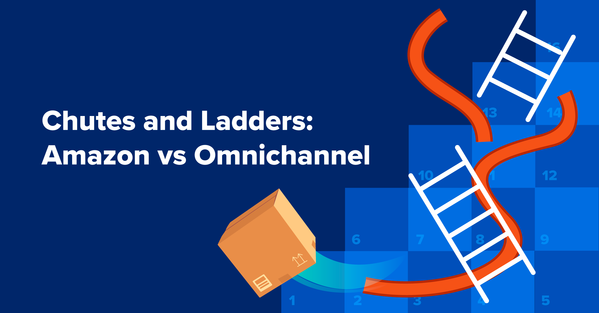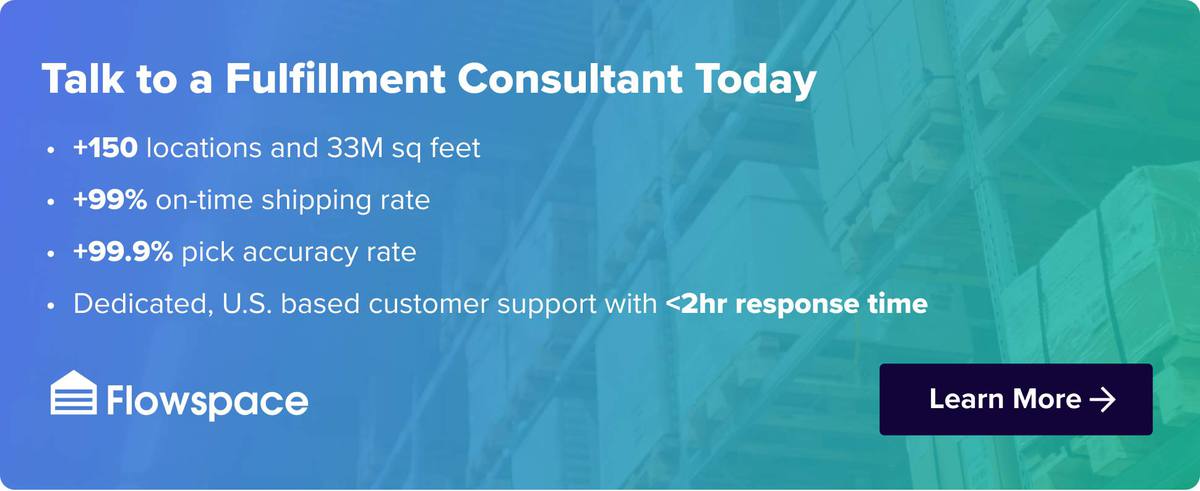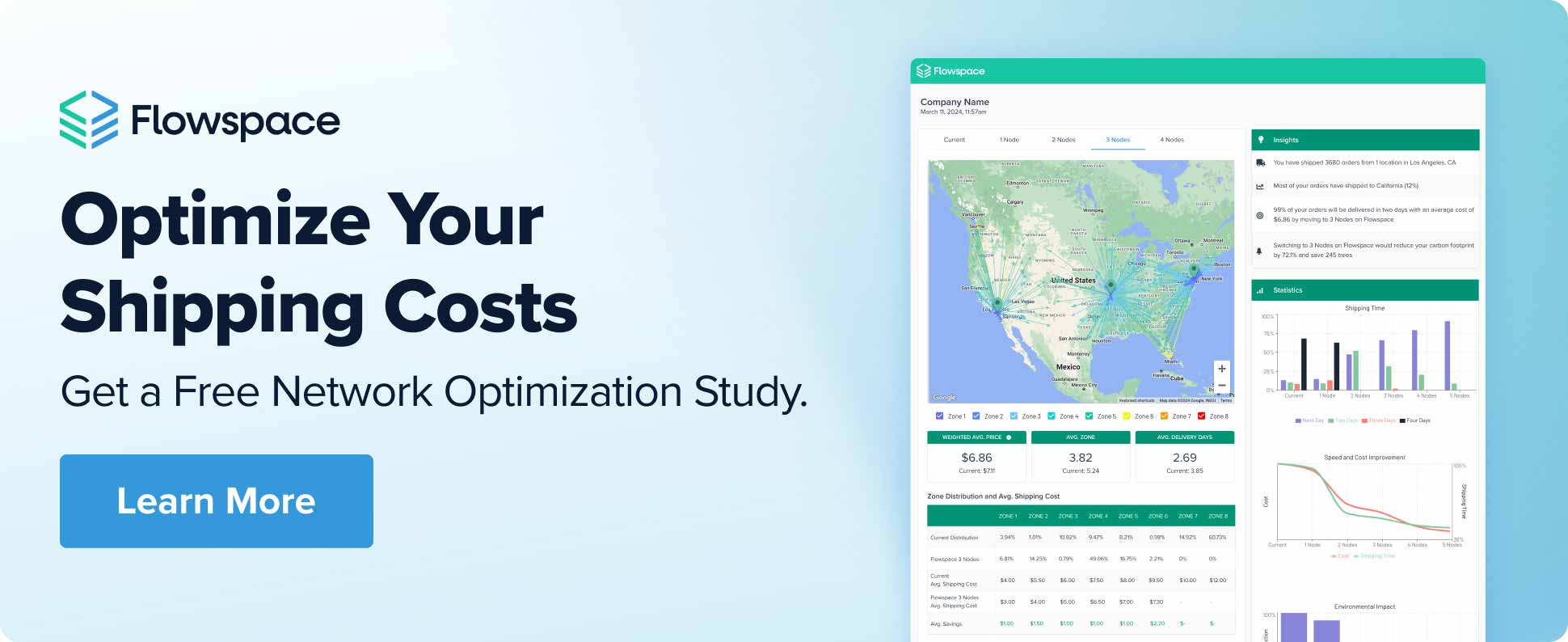
In mid-November 2022, Molson Hart, CEO of Viahart, an educational toys and games seller, took to Twitter to air his frustrations with new restrictions that Amazon was placing on inventory.
Hart said that company forecasts, which were based on 10 years of experience, predicted they would sell more than 243,000 units before Christmas. The problem? Amazon had placed a restock limit on was limiting the stock they could send into its warehouses – restricting them to only 4,270 units.
Viahart had been selling on Amazon for more than a decade and paid the company more than $4 million in the previous 12 months. Hart was becoming increasingly frustrated with the company’s lack of consistency and how little control he had over his brand’s products, and presence, across the platform. “I have no idea what they’re doing right now. And neither do they,” Hart wrote.
Viahart had an even bigger Black Friday than forecasts predicted. But Amazon further restricted the brand’s inventory, dropping restock availability to 0, leaving the brand sitting on thousands of orders they were unable to fulfill. A detrimental outcome, for both the brand and its customers.
Amazon’s Downward Descent
Shrinking storage capacity, rising fees, inconsistent orders and changing policies. It’s enough to make any ecommerce brand run for the exits of Amazon Marketplace. And many are considering doing just that or have already flown the coop. Nike, Birkenstock, Vans and North Face are just a few of the major brands that have stopped selling their products on Amazon in the past few years.
But it’s not just major brands. Viahart is just one of a legion of brands who are increasingly disappointed in the returns from Amazon. A recent survey by Gartner subsidiary Capterra found that while just 31% of brands using Fulfillment by Amazon (FBA) currently list products on other marketplaces, a full 99% of them plan to do so by the end of 2023.
So then, the question on everyone’s mind: Does it just get worse for Amazon, and its sellers, from here?
Unfortunately, the news from Amazon doesn’t garner any real confidence: The company saw its least profitable holiday quarter since 2014 and its biggest ever annual loss as a public company. And while Amazon has often been seen as the first place online shoppers go to look for deals, the retail giant slipped to fourth place for Black Friday deal searches in 2022, behind Walmart, Target and Kohl’s.
The Black Friday numbers reveal a truth that has been several years in the making: Consumers, just like brands, are falling out of love with Amazon. Once the clear leader in ecommerce, Amazon now has more competition than ever.
And while consumers’ reasons for ditching Amazon are as varied as the consumers themselves, many are stepping away from the platform because of a cultural shift toward sustainability, ethical shopping practices, and a desire to support small businesses.
Why are Brands Leaving Amazon?
While brands are looking for ways to diversify their sales channels, selling on the Amazon Marketplace can still be profitable. Many of the benefits, however, can actually be double-edged swords.
Increased Competition
Just take a look at the increasing competition for consumer attention and product awareness. Amazon’s popularity as a retail destination with huge traffic is part of its appeal to increase reach and sales, but the increased competition can make it harder and harder for brands to get noticed, especially if they’re not willing or able to dedicate advertising spend within the marketplace.
It’s not just competition against other third-party sellers, either, but competition with Amazon itself. Consider the Amazon Basics line, the company’s private-label brand of items that are duplicates of top-selling products.
Rising Fees and Restrictions
As Amazon prioritizes its own bottom line in an uncertain economy, it’s trying to squeeze as much profit as it can out of every sector. Amazon’s operating income at a recent earnings report was $2.53 billion, down from $4.85 billion just a year earlier. The ecommerce giant has begun a suite of cost-cutting and changes, including layoffs, warehouse closures and changes to its merchant-facing fulfillment and fee structures.
Because Fulfillment by Amazon (FBA) is an avenue through which to offer Prime shipping, and the fact that Amazon prioritizes listing products sold through FBA, some sellers go all-in on the service. But sellers reliant on FBA are at the mercy of the company when it comes to fees and restrictions, which have increased significantly of late.
Amazon’s fulfillment fees have cumulatively jumped up 30% since 2020 through a series of small fee increases. A one pound item that cost $3.48 to fulfill in 2020 now costs $4.75 in 2023—an increase of almost 40%. In fact, today Amazon is taking more than 50% of sellers’ revenue, on average.
Other changes include drastically increased removal fees, making it more expensive to move inventory out of Amazon warehouses, and the introduction of an auction program that gives merchants the opportunity to bid for additional fulfillment capacity.
Modern merchants need reliability, not auctions, from their fulfillment partners, particularly in times of market volatility and uncertain demand.
The Alternative to Amazon: A Balanced Portfolio
For a brand that has built its business on the scale of the Amazon Marketplace, what are their other options? The most effective ladder to success is a balanced portfolio of sales channels.
A diversified omnichannel approach – which can include Amazon! – will ultimately drive scale and profitability, as long as merchants maintain consistency in the customer experience across each channel.
This actually becomes easier across channels that aren’t Amazon, because customer insights and direct communication are more accessible. And while appearing at the top of Amazon’s product listing page can create a boost in sales, growth through recommendation, repurchase, and word of mouth is more sustainable – and more profitable – over time.
To accomplish this, brands need to prioritize reliably prompt, efficient delivery across every channel, providing a great customer experience. Consumers love to talk about brands they love, and growing brands can make sure their customers return—and bring their friends!
Brands need to sell through the channels where their customers are shopping – be it branded DTC storefronts, in retail stores, on third-party marketplaces, or even social commerce – without added complexity or operational expense.
Flowspace Supports Omnichannel Scale
Flowspace powers independent fulfillment, providing fulfillment solutions for brands across every channel.
Flowspace’s next-gen software brings every sales channel together into a single point of command. Paired with its best-in-class fulfillment services, Flowspace is a singular, centralized fulfillment partner that scales alongside brands.
While Flowspace provides solutions for brands looking to optimize their Amazon availability – including FBA prep and Fulfillment by Merchant (FBM), it also serves as an alternative for brands looking to be less reliant on Amazon. Flowspace enables sellers to readily respond to demand, from any channel, without expending the added costs, time, and regulation compliance required to adhere to Amazon’s strict rules.
Flowspace provides fulfillment, storage, and all the warehousing services brands need to manage and optimize orders and inventory, as well as pick, pack, and ship products, across fulfillment locations. What’s more, Flowspace integrates seamlessly with an entire ecosystem of sales channels, marketplaces, retail partners, and technologies. The platform allows sellers to integrate best-in-class ERPs, such as SAP, Netsuite, and others, to view cross-channel orders, shipments, and fulfillment in one place.
Minimums, restrictions, and limitations are a thing of the past – with Flowspace omnichannel brands can eliminate the issue of overpaying for unneeded space and improve their logistics networks and even avoid selling through Amazon all together if they so choose.
With a nationwide fulfillment network of more than 150 locations, Flowspace is the fulfillment partner ecommerce businesses need to move past Amazon in 2023.
Contact a fulfillment consultant to find out how you can get started today.






